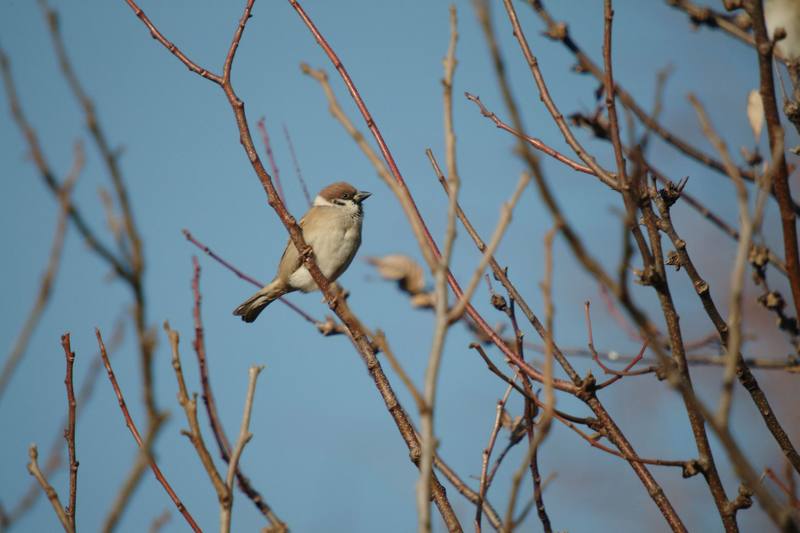|
| Query: sparrow | Result: 1027th of 1177 | |
참새 Passer montanus (Tree Sparrow)
| Subject: | 참새 Passer montanus (Tree Sparrow)
| | Poster: | Jinsuk Kim (kusnij@naver.com)
| |

| Resolution: 2268x1512
File Size: 246956 Bytes
Date: 2004:12:28 09:13:13
Camera: FinePixS2Pro (FUJIFILM)
F number: f/6.3
Exposure: 10/15000 sec
Focal Length: 50400/100
Upload Date: 2004:12:31 13:23:52
|
ERROR : Server Busy(-1105)
ERROR : Server Busy(-1105)
참새 Passer montanus (Tree Sparrow)
전라남도 보성군 회천면 회령리, 꽃뜰펜션 울타리 |
^o^
Animal Pictures Archive for smart phones
^o^
|
|

